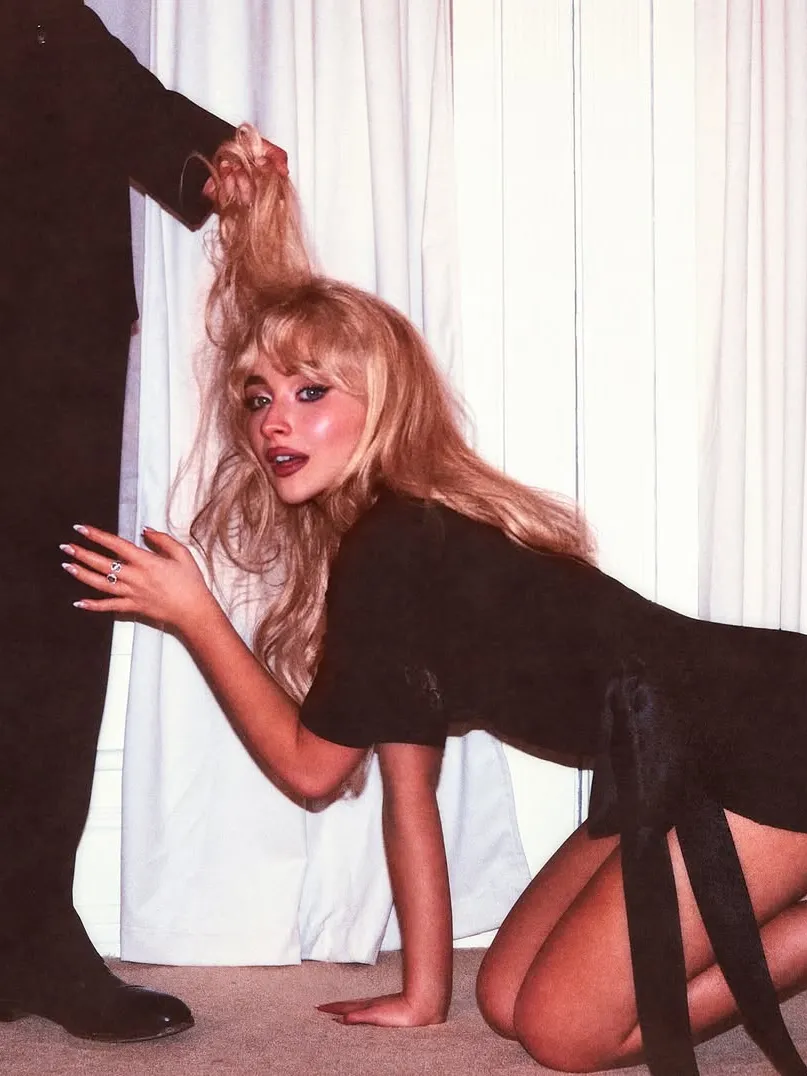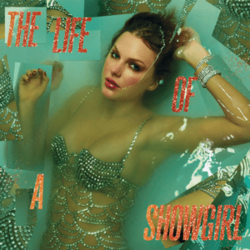De·mure: reserved, shy, modest. This word has been a part of the English language since before the 17th century, stemming from French and Latin words relating to being reserved and mature. However, thanks to one TikTok video, the word burst into the mainstream, becoming one of the largest trends of 2024. For weeks on end, the phrase “very demure, very mindful” was used everywhere to describe various unrelated situations. By now, the trend has faded, but what that explosion symbolizes goes much further than four simple words.
In this day and age, social media rules people’s lives, allowing access to an endless supply of products and media at the swipe of a finger. This allows trends to spread rapidly, creating effects in days that once took months, or even years. This leads to spikes in interest in everything from new slang terms to aesthetics, to oversized insulated cups that share a name with a coveted hockey award.
In recent years, the Stanley Quencher has become a common sight in every classroom. Coming in at a solid 40 oz.—though smaller sizes are manufactured—the cup has remained popular since its rise to prominence. It can be ordered in a vast variety of colors to match every outfit, and if additional accessories are needed, phone and lip gloss holders, food trays, bows, straw caps and more can be purchased to essentially make it a purse. Ridiculous amounts of money are dumped into the Stanley and its companion products, but when the trends shift as they have so many times before, they are all going to go to waste in the back of a cabinet, if not straight into the garbage.
This case of waste isn’t exclusive to popular water bottles—another obscenely common instance of this is in the makeup field. Every so often, products will briefly burst into popularity, and then disappear into a drawer, never to be used again. Earlier this year, this happened with the jelly lip and cheek tint released by Milk Makeup. For a few months, everyone and their mother was raving about the product. Social media feeds were covered with videos of people testing the tint, swooning over how edible it looked, and overcranking and breaking it. That was a problem itself; people were buying the tint for a few uses while it was popular, with many breaking it before they even got one full use. Their nearly $25 lip tint was rendered useless in the span of a few moments, but if it was in the name of staying on trend with a cute pink makeup product, it was seen as a valid expense.
The pink Stanleys and makeup went hand-in-hand with a trend referred to as ‘coquette.’ By definition, a coquette is a woman who flirts, often without sincere affections. The frustration with this trend lies in people slapping a bow, pearls, or pastel pink on anything and everything and calling it coquette. These are all fun aspects of design, but are not actually ‘coquette.’ The misinterpretation of terminology is just a frustrating byproduct of social media, though. The real problem is that once the trend fades, all of the money spent on lacy pink clothes and bows in every design under the sun will have been completely wasted, and people will have abandoned their own personal style for the sake of staying up to date with the momentarily popular.
The overarching concern with these seemingly disconnected trends is what they represent regarding society as a whole. With the level of connectivity that social media fosters, trends spread significantly faster than they used to. Trends allow people to be a part of something larger than themselves, letting them be part of the group. It’s great while it lasts, but once it dies, what happens? For many people, the answer is to find the next trend to follow.
Once products go out of style, people discard them and buy the next. Makeups and cups waste away, pushed to the back of the shelf and eventually ending up in the trash. This is a major issue in itself; many of the materials that these products are made out of are not environmentally friendly, taking ages to decompose. Once dumped into a landfill, they will sit in the piles of waste for a number of years to come. The environmental impact of wasted, formerly-trendy products is not one to be overlooked, as it is one that will certainly continue to grow as consumerism becomes increasingly common in society.
The more insidious characteristic of trends, though, is the way they leech into people’s minds, leading many to trade their originality for the sake of whatever is viral at the moment. It’s human nature to want to be part of a group, especially the so-called “cool” group. Being a part of that group offers safety from mockery and the world at large, and being on trend helps provide that. If everyone owns a popular product, it’s natural to want that product, too. However, if this behavior continues as it so often does, it’s inevitable that people will become so consumed by their need to do or have whatever is trendy that they lose their own individuality in the process, which is incredibly saddening. Instead of trying to keep up with every trend, people need to go against the grain, be completely unafraid of being themselves. In the end, that will prove far more timeless than any trend’s five minutes of fame.








